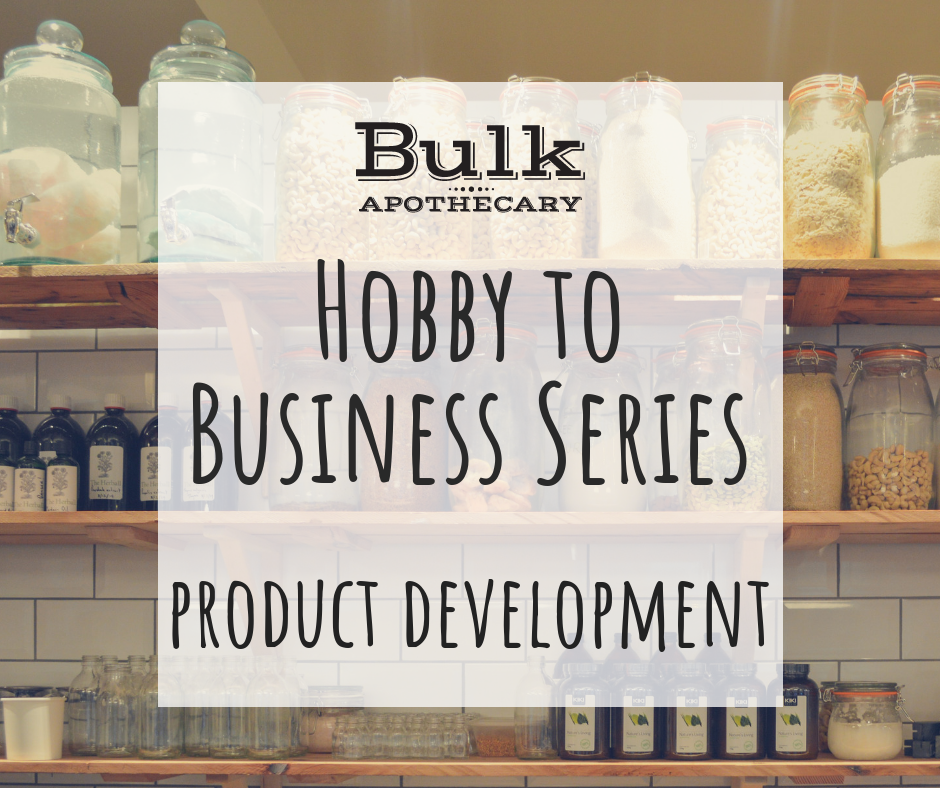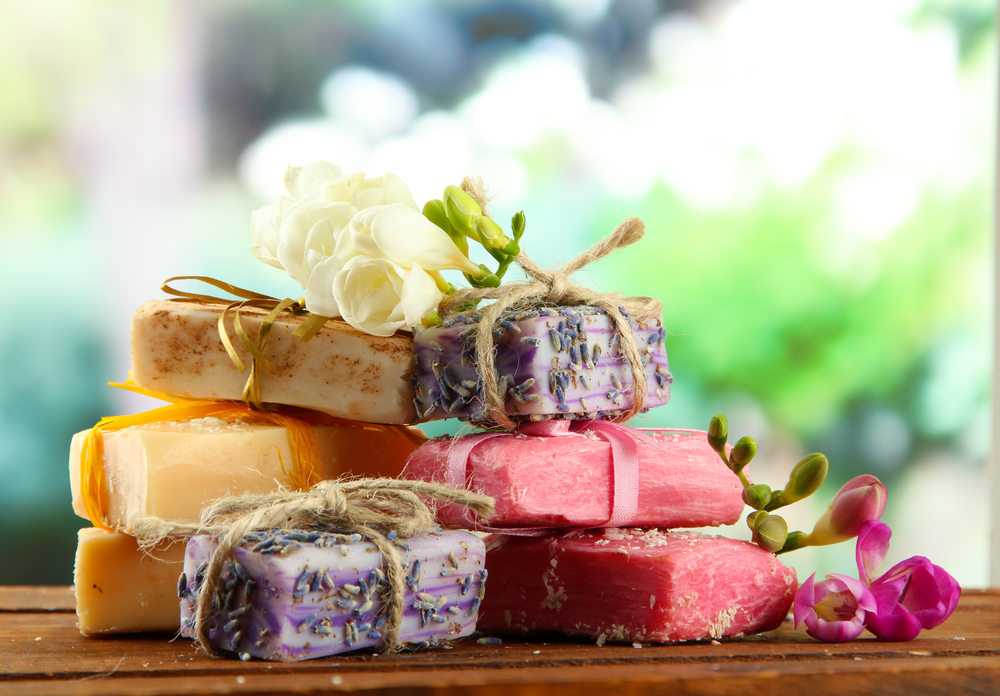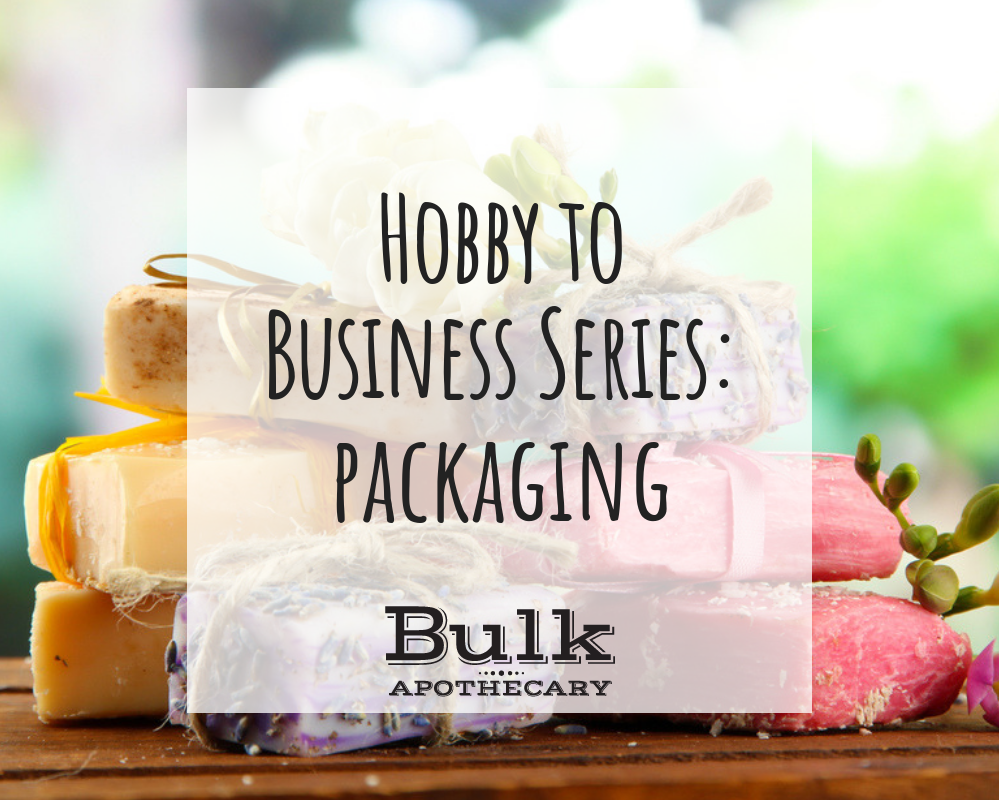
Foreword
“Imitation is sincerest form of flattery.” – Charles Caleb Colton
In the last post of our Hobby to Business Series, What Will You Sell?, I shared some of my experiences in recipe and product development and today I would like to elaborate on that further.
I was grateful to recently have had the opportunity to connect with a few of our small business owners on the touchy topic surrounding product development. Yes, the question. The one that when asked, will make you get a pang in your stomach. The one that may make you feel out of character, maybe even wishing to lash out at a perfect stranger. The one that when asked, you hear nails on a chalkboard even though there’s not a chalkboard in sight.
So, what is the question that’s so taboo, you ask?
“What’s your recipe?”
What’s So Offensive?
There is a lot of time and hard work that goes into product development. There is so much experimenting, testing and formulation to be done that we sometimes exhaust ourselves as Artisans. One investment we’ve all made is time. Time is difficult to quantify. We invest in dedicating our precious time to research, creating, marketing and advertising. We stay up late at night after the kids go to bed so we can tend to our craft without interruption. We have books on our craft, we have notebooks full of ideas, spreadsheets for product inventory, websites bookmarked. We take the time to figure out the wants, needs and desires of our customers. Many of us even make specially formulated products for certain customers who seek something unique.
The fact of the matter is that we are Artisans and have spent a lot of time, even though happily dedicated to our craft, and we can never really be fully compensated for that. Yes, we see the fruits of our labor in the smiles on our customers faces or the high sales volume this quarter.
You can exchange time for money, but not time for time.
Facebook friend Jody T said it best when she told us about a former customer of her asking for the muscle salve recipe that took her over a year to formulate.
“I spent so much money and time researching, I get frustrated when people want to just “make it at home” with the measurements and ingredients I use. I tell them where they can get things because I love your products. But I just tell them it’s a proprietary blend that took me a long time to perfect and give them a general idea what’s in it for allergen purposes. It’s also an income generator for me so why would I shoot myself in the foot by giving it away?”
Kathlaina S. added, “I think there’s a fine line between customers asking what ingredients are in your product to know what benefits will come from it, and asking what ingredients you use and where you get them from because they’re trying to replicate it. Customers don’t realize this is our livelihood and we’re not about to give away our secrets we’ve worked years to perfect.”
My Latest Product Development

I recently decided to formulate some lip balm. I have a tendency to stick to soap, so this was a little out of my comfort zone but I know my customers have interest. For this venture, I decided to start with our lip balm base with flavor at a 1% IFRA rate. It’s always best to start small – this way, minimal product is wasted or lost. By starting off with a low flavor ratio, I was able to get a baseline for how each flavor performed in the lip balm.
I am a huge fan of sample groups because this practice provides such valuable feedback, especially when you are developing a product you’ve never made before. (I highly recommend this to anyone developing a product in order to gain insight on your product!) I made 25 tubes of lip balm in each flavor so I could distribute them to an unbiased focus group. Each person got one of each flavor.
I included small cards for feedback and asked each person to rate each lip balm on a scale of “too weak,” “too strong” or “just right”. The results gave me black and white evidence as to what needed to be done to improve the product – in this case, the solution was to make a few of the flavors a tad bit stronger.

Due to the nature of the feedback, I increased the IFRA ratio of lip balm flavor to base and then repeated the focus group. While some improvement was noted, there were still two flavors that were not getting positive results. It is important to take the positive with the negative. Again, this was another indication that these two particular flavors still needed some work, even after round two of testing.
Developing a product takes time and patience.
Using my new feedback, I tried upping the IFRA rates again in two of the flavors. Again, they were not met with successful feedback so I decided to switch to two similar but different flavors. Sometimes the slightest variation can make all the difference! Remember, just because you determine a product isn’t going to work for you or your market, it’s not giving up.
In Closing
What’s your latest project? Do you have advice for how to answer difficult questions? Let us know in the comments below!



The question itself is a compliment. The person asking likes the product enough to ask. I usually give a non-specific reply. * Everything in it is on the labels list of ingredients.* Changing the topic after that. It is only offensive if the customer pushes and becomes offensive in behavior. And that rarely happens.
Thanks for sharing that thought.
I appreciate all the thoughts you shared on formulating a plan when desiring to make soapmaking more than a side venture.
Glad you appreciate it, and hope it helps in your success!